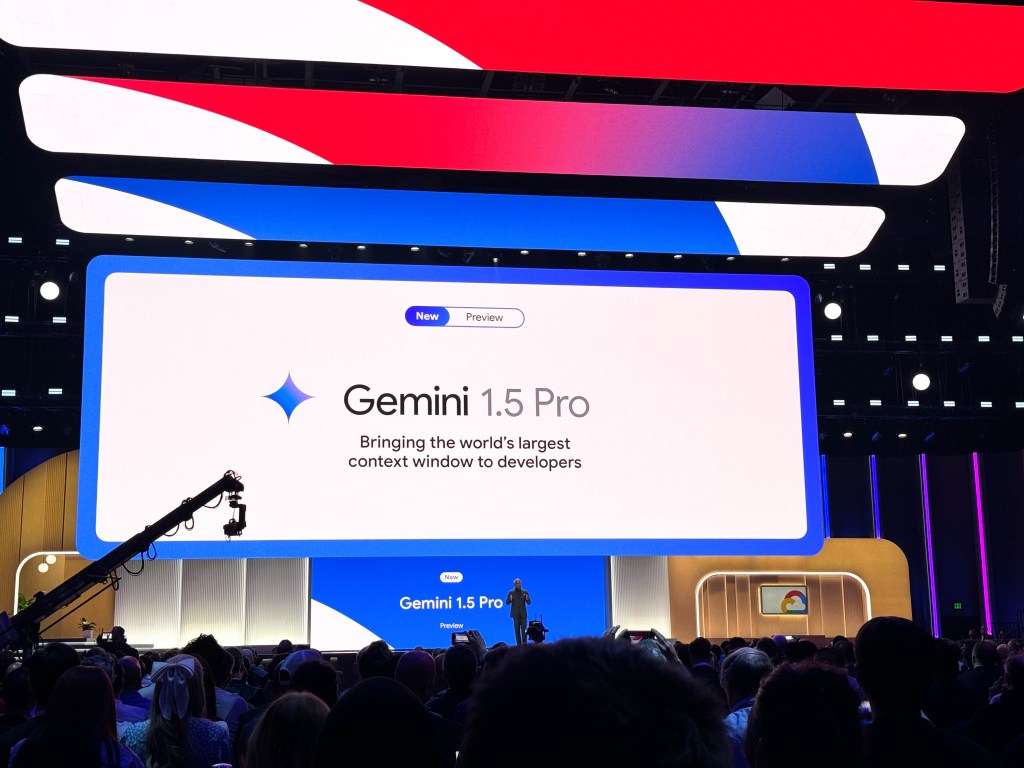
Nothing isn’t one to be quiet about new releases. The London-based phone company’s media push largely relies on trickling out information about devices bit by bit. It’s been a solid strategy thus far (if a bit annoying as someone who covers this world), as so many of its announcements have been first-gen products, each generating a buzz beyond the company’s loyal fanbase.
Nothing Phone (2a) certainly fits the bill. While it’s actually the company’s third handset, it’s aimed squarely at a different demographic than the flagship Phone (1) and Phone (2). The “2a” bit, as you’ve likely gathered from previous handsets, implies a budget focus. In recent years, that’s mostly been a game of deciding which flagship features can be sacrificed to reduce the price, while keeping it as close to a premium feel as possible.
After various teases and a handful of official image releases, the Phone (2a) finally saw the light of day (well, the warm glow of a Barcelona night) at MWC 2024. More specifically, it was a guest of honor at last night’s Nothing after-show party, glowing up in all of its low-priced glory inside a glass box. Otherwise, Nothing has been lying low at the big mobile trade show, opting out of a floor presence.
To quote Operation Ivy paraphrasing Plato’s account of Socrates, “all I know is that I don’t know Nothing.” Details are few and far between at the moment. That said, the design does tell us a good amount about the product. For starters, Nothing has unsurprisingly retained some of the transparent aesthetic of the rest of the line. The light-up glyphs are back as well — though they cover a lot less surface area than the other models, relegated to a trio of bands up top.
Phone (2a) keeps the Phone (2)’s dual-camera setup, though it’s been moved to the center. I’m curious to hear whether that’s primarily a pragmatic decision or an aesthetic one. With Nothing being so focused on design, I wouldn’t be surprised if it was moved simply to distinguish the device from its flagships. Whatever the case, this is a good-looking and (it appears) solidly built budget phone. The rear may be a bit busy for some, but — as ever — I appreciate what Nothing has done to break away from the same design most manufacturers have settled into.
We don’t know specifics on the camera setup beyond number and orientation, but I wouldn’t be surprised if it’s a step down from the Phone (2), as camera configurations certainly contribute to manufacturing price. We do know, however, that the phone will be powered by a MediaTek Dimensity 7200 Pro chip — a variant built specifically for the device.
Price is very much still an open question — and an important one at that.

